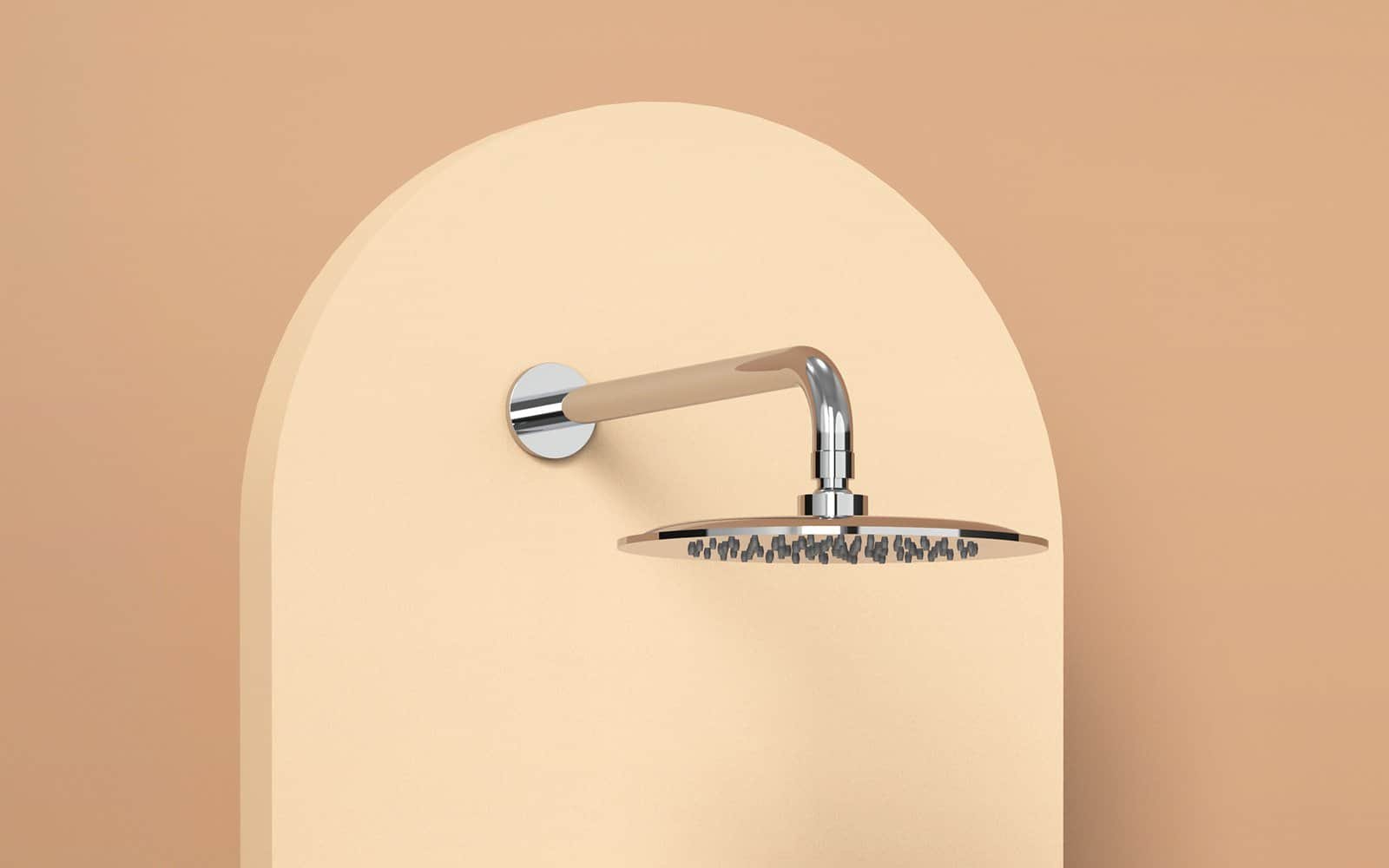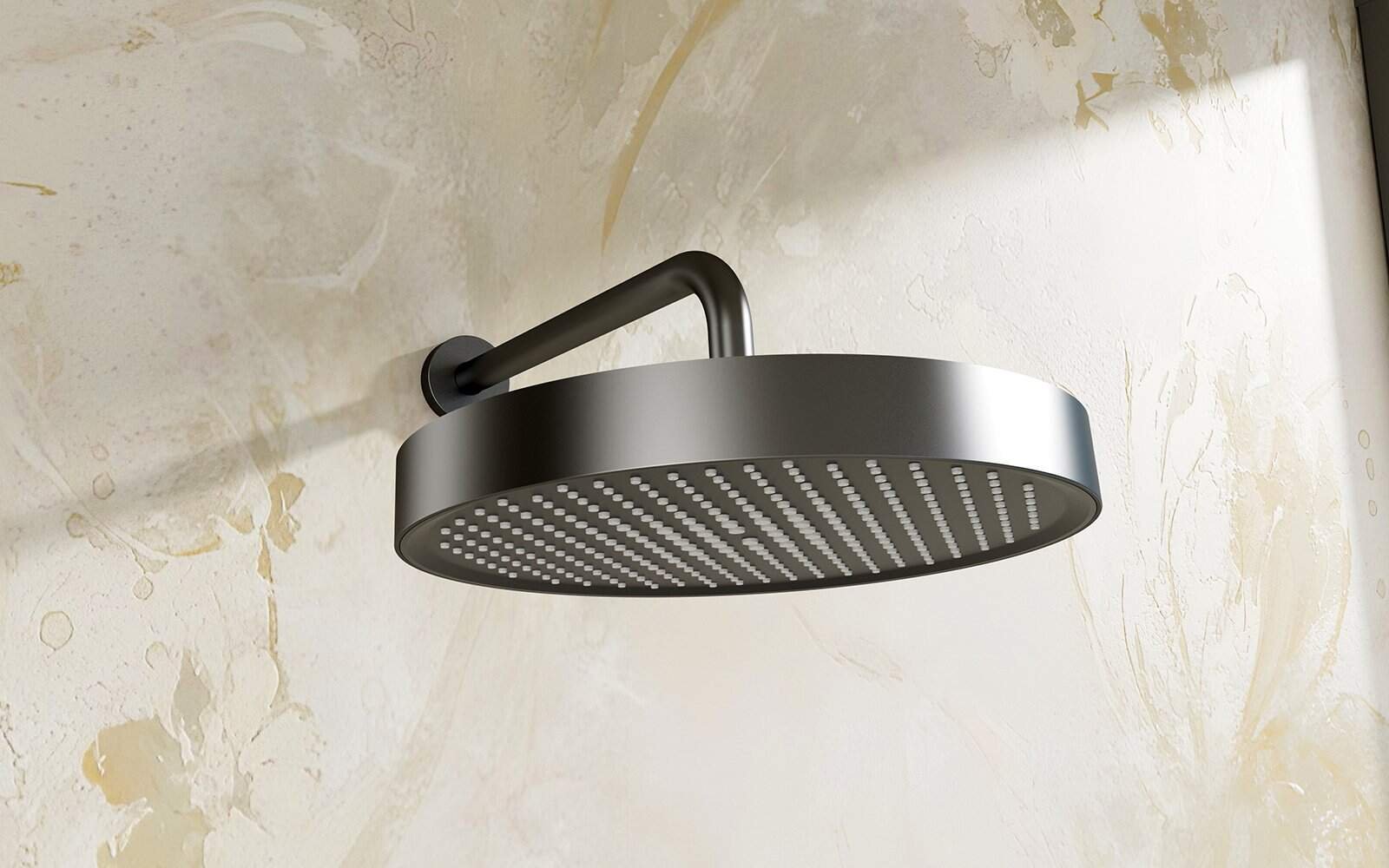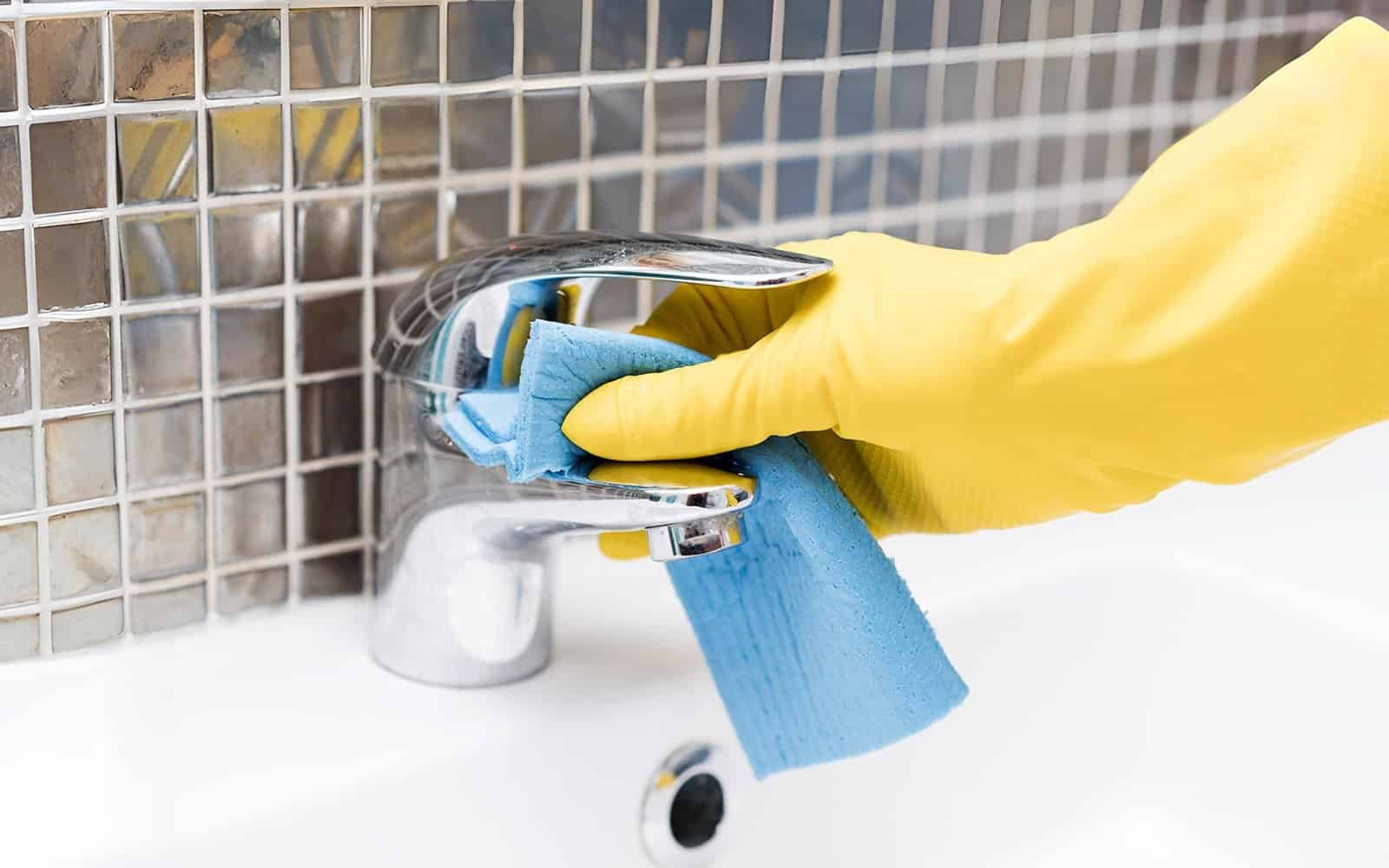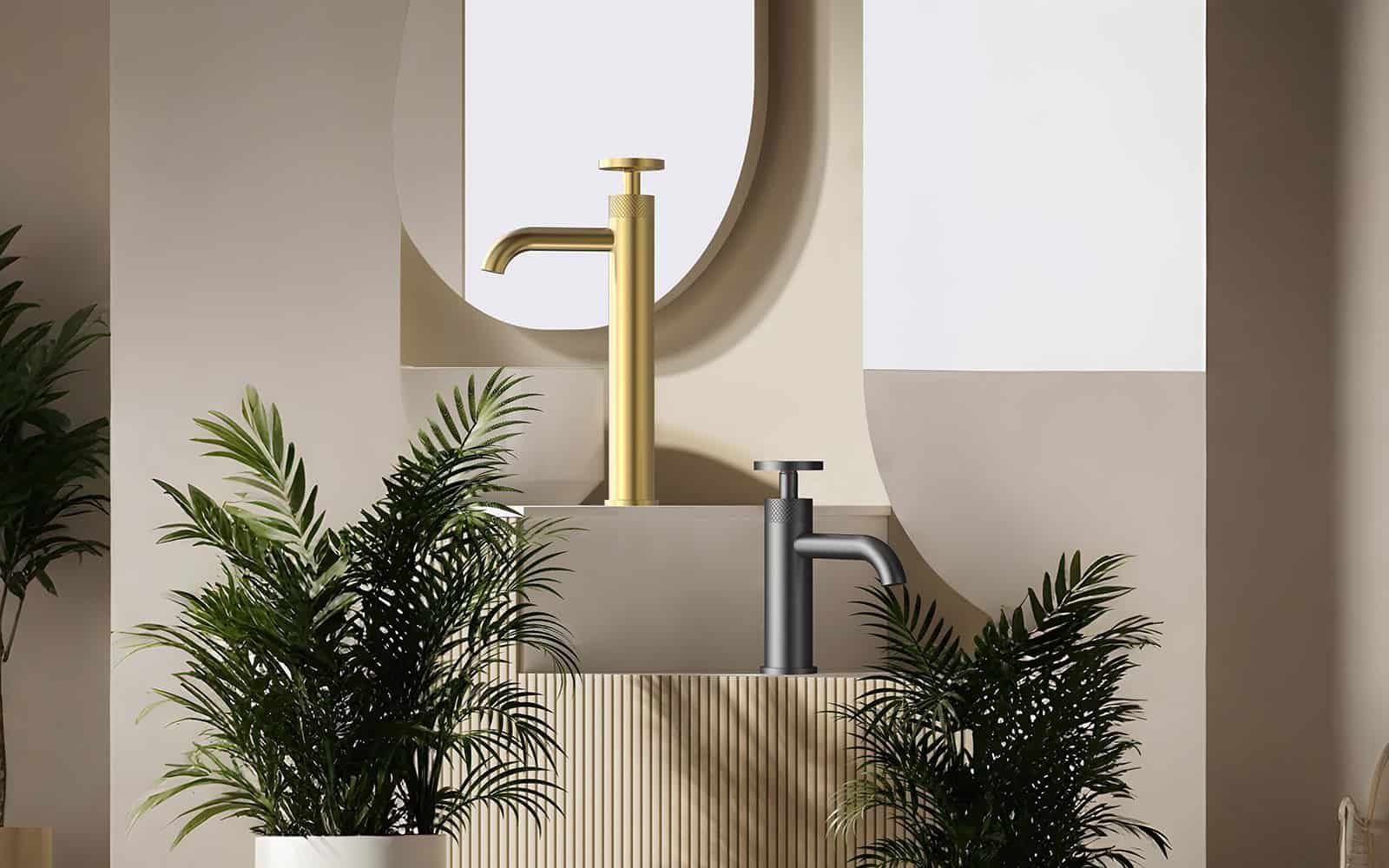Table of Content
About Rosana
Rosana offers premium faucets and shower systems that blend style, quality, and functionality.
We focus on customer satisfaction, fast delivery, and exceptional service to help you create your ideal bathroom.
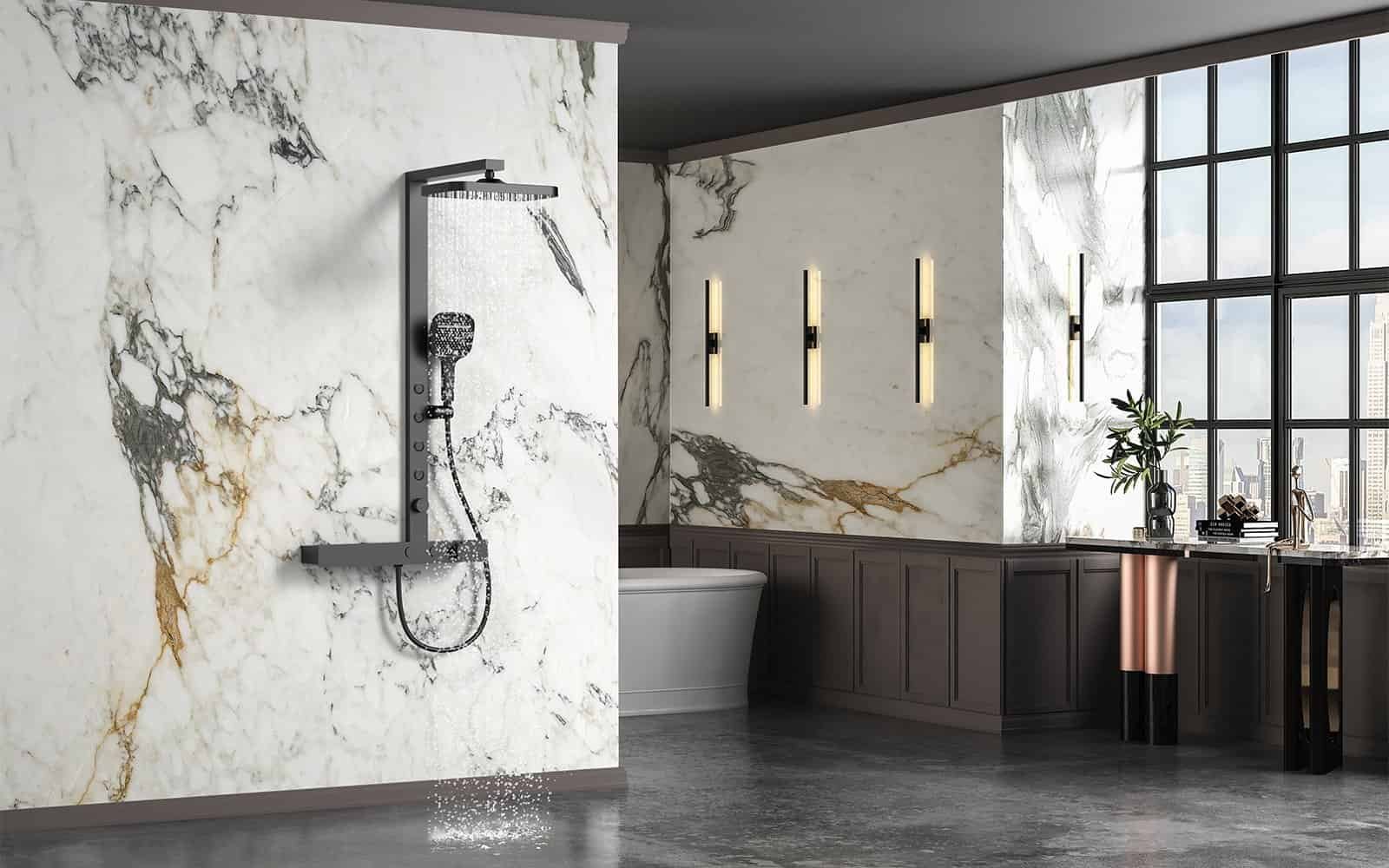
what is a thermostatic shower?
A thermostatic shower maintains a consistent water temperature, even if there’s a sudden change in water pressure. Thermostatic showers automatically adjust the water mix for a steady temperature, making your shower safer and more comfortable.
Working Principle
- Temperature Control: The system has a thermostatic valve that lets you set the water temperature. This valve controls the temperature of the hot and cold water.
- Automatic Adjustment: The valve adjusts the hot and cold water flow when the pressure changes. If the hot water pressure drops, the valve reduces the cold water flow to keep the temperature stable.
- Safety Features: Thermostatic valves can prevent scalding by limiting water temperature. They are useful for households with children or elderly people.
-
Immediate Response: The system adjusts quickly to keep your shower smooth, without sudden hot or cold bursts.
Core Elements
A thermostatic shower keeps the water at a steady, safe temperature by mixing hot and cold water. The core elements that enable this functionality include the thermostatic element, piston, and temperature control. Here’s how each component works:
- Thermostatic Element
The thermostatic element is the heart of the system. It is sensitive to temperature changes and responds by expanding or contracting based on the water temperature.
Function: As the water heats, the element expands and adjusts the flow of hot and cold water to keep the temperature steady. If the water is too cold, it contracts and lets more hot water flow.
- Piston
The piston works in conjunction with the thermostatic element to regulate water flow.
Function: The thermostatic element controls the piston’s movement based on temperature changes. The piston moves between hot and cold water inlets, ensuring the right mixture goes to the showerhead. The piston quickly keeps the temperature steady, even with changes in water pressure.
- Temperature Control
The temperature control mechanism allows users to set their preferred shower temperature.
Function: This control is usually a dial or lever that users can adjust. When a user sets a temperature, the valve adjusts the hot and cold water. Once set, users can enjoy a consistent shower without making frequent adjustments.
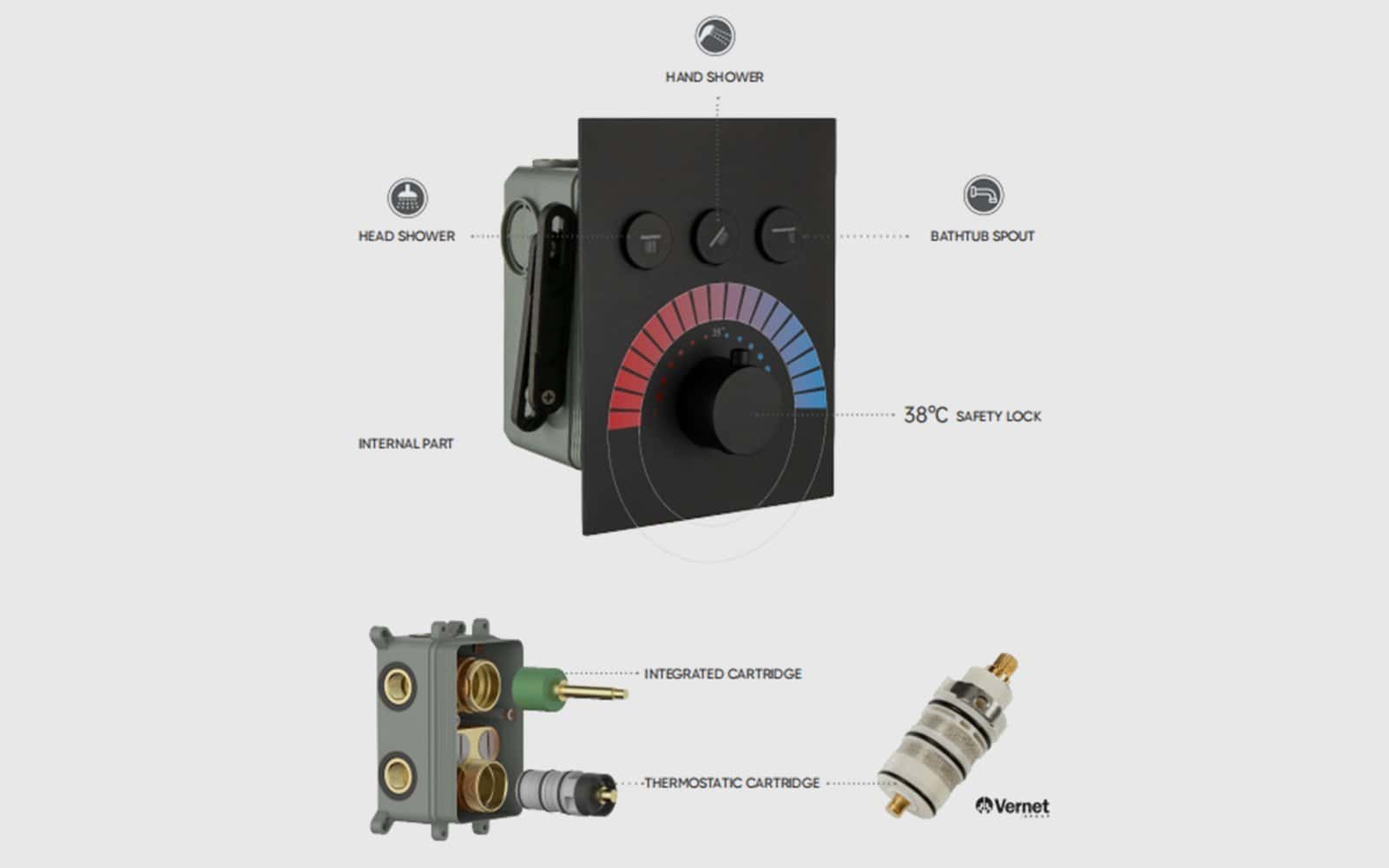
Disadvantages of a Thermostatic Showers
Higher Initial Cost
The main downside of thermostatic showers is that they cost more upfront. They’re pricier than regular manual showers, and the valve can be expensive. Plus, you’ll likely need a pro to install it, which adds to the cost. If you’re on a budget, this could be an important factor to think about.
Complexity in Installation
Installing a thermostatic shower is more complicated than a regular shower. The valve mixes hot and cold water automatically, so it must be set up correctly for the right temperature. This might mean changing some of your plumbing, so you’ll likely need a plumber, which can raise the installation cost.
Maintenance and Repair Costs
Thermostatic showers last a long time, but you may need to repair or maintain them eventually. For example, parts like the thermostatic cartridge can wear out or get clogged with minerals. Fixing or replacing them can be pricey, especially if you need a plumber.
Limited Temperature Range
Some thermostatic shower valves have a limited temperature range. If you like very hot or cold water, the shower might not give you exactly what you want. Depending on the model, it may not reach very high temperatures, which could be a downside for those who like hotter showers.
Compatibility Issues
Thermostatic valves need to work with certain plumbing systems. If your plumbing is old or doesn’t match, you might need to replace or upgrade parts to fit the valve. This can add to installation time and cost, and in some cases, it might not be possible to update your current system.
Risk of Overheating in Malfunction
If a thermostatic shower breaks, it might not cool down hot water, making the shower too hot and increasing the risk of burns. That’s why it’s good to have a safety cut-off, which some models have, but it adds complexity and can raise the cost.
How to install a thermostatic shower system
Tools and Materials You’ll Need
- Thermostatic shower mixer
- Pipe wrench or adjustable spanner
- Pipe cutters
- Teflon tape or pipe sealant
- Screwdriver
- Drill with appropriate bits
- Level for alignment
- Safety goggles and gloves
Preparation Before Installation
Before you start, turn off the water supply to your bathroom to prevent accidents. Also, clear the installation area so that you have enough space to work.
Mounting the Shower Valve
- Position the Valve: Choose an appropriate height for the valve (typically around chest height for easy access). Mark where you will mount the valve.
- Drill Holes: Drill holes in the wall for the valve mountings, and use wall anchors if necessary.
- Install the Valve: Attach the valve to the wall using screws. Tighten securely, ensuring the valve is level.
Connecting the Water Pipes
- Check Pipe Size: Verify that your water supply pipes match the inlet sizes of the shower valve.
- Attach the Pipes: Use pipe fittings (such as elbows and connectors) to connect the cold and hot water lines to the valve’s inlets.
- Seal the Connections: Apply Teflon tape or pipe sealant to threaded connections to prevent leaks.
- Tighten Connections: Tighten each connection with a wrench, but don’t over-tighten to prevent damage.
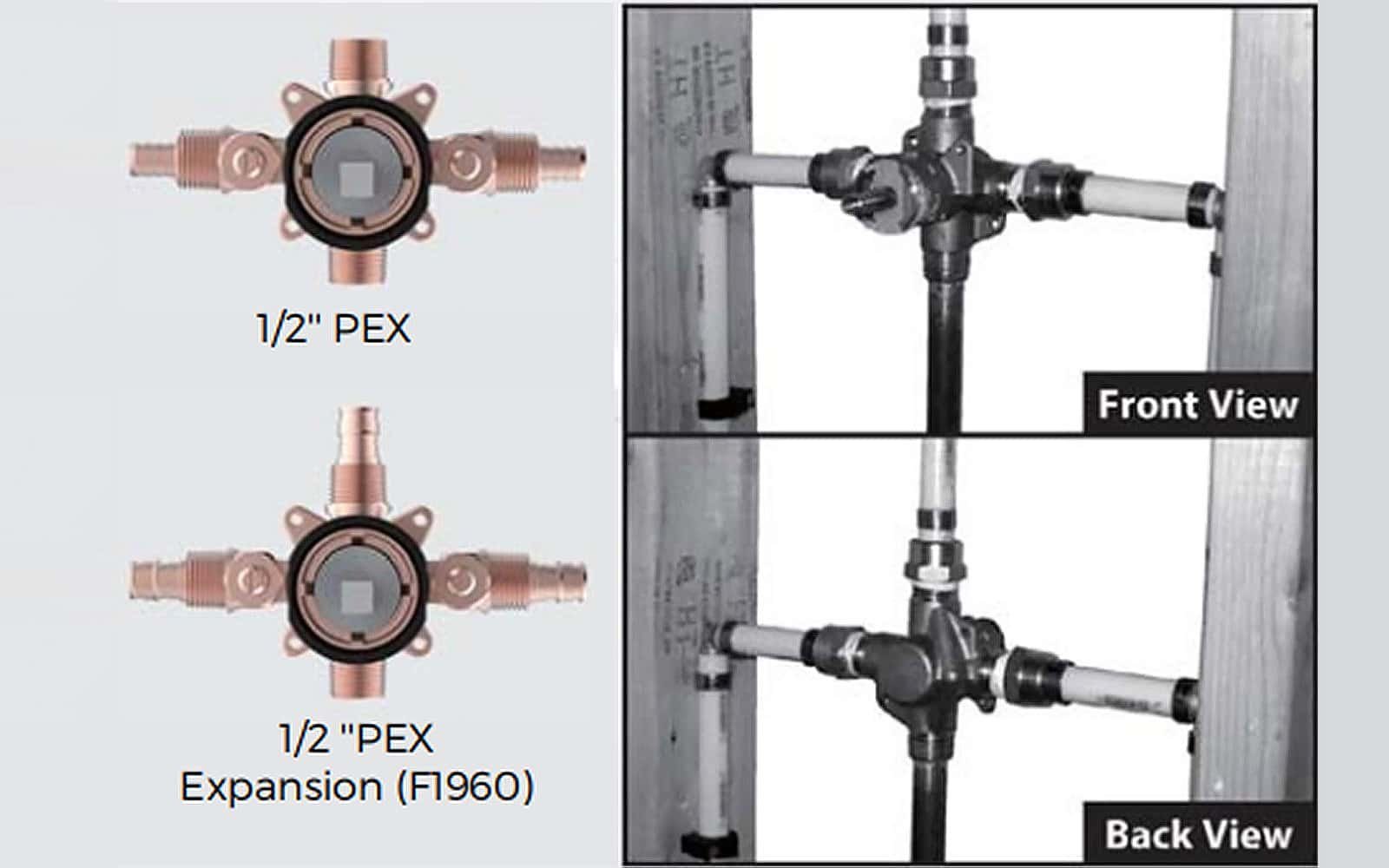
Installing the Thermostatic Mixer
- Connect Mixer to Valve: Follow the manufacturer’s instructions to securely attach the mixer to the valve.
- Tighten the Connections: Ensure all connections are tight and properly sealed to avoid leaks.
Fixing the Shower Head and Hose
- Attach Shower Hose: Screw the shower hose into the outlet of the thermostatic mixer.
- Mount the Shower Head: Install the shower head bracket at a suitable height on the wall. Use a level to ensure it’s straight.
- Attach the Shower Head: Tighten the shower head to the hose and make sure it’s secure.
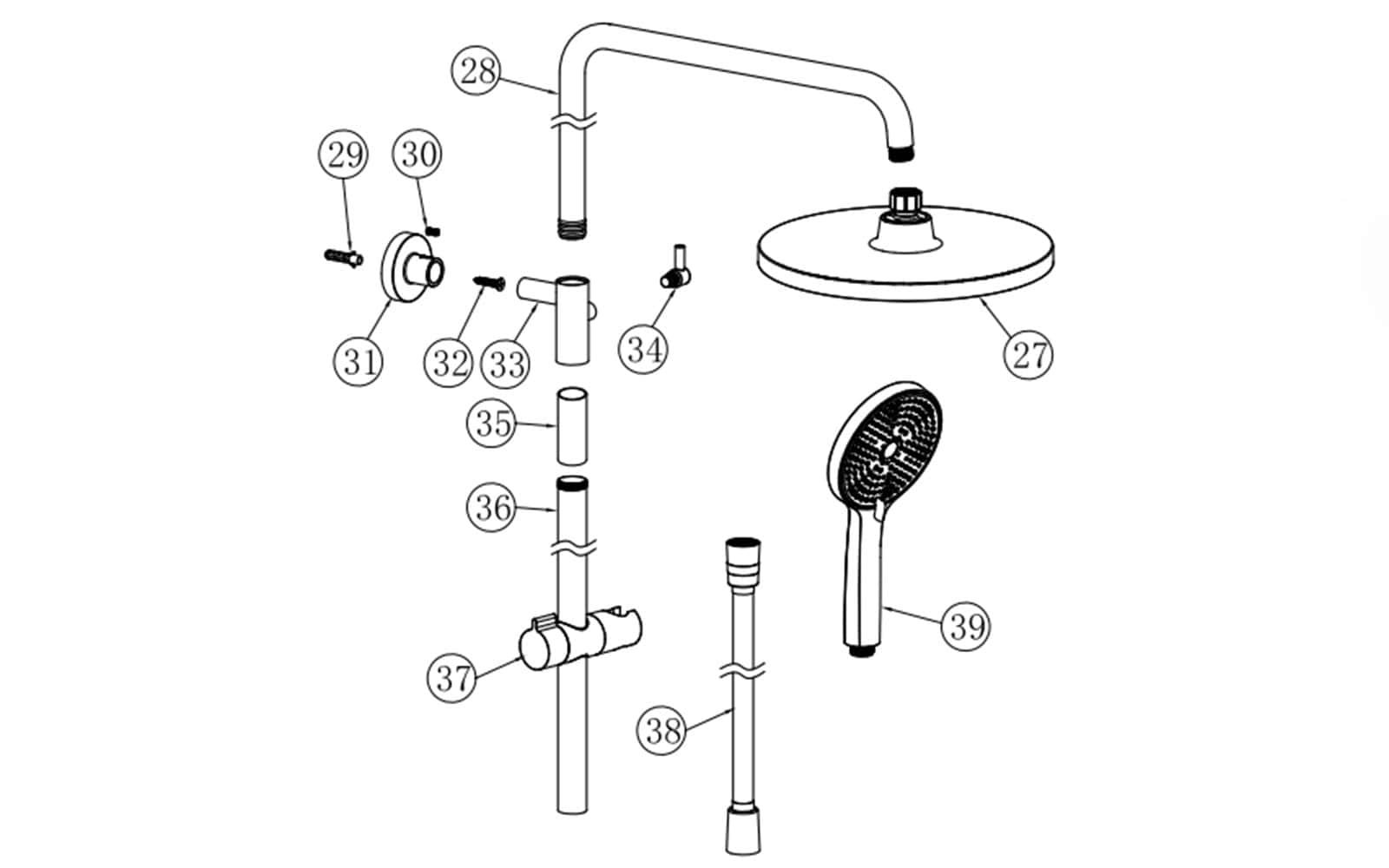
Checking for Leaks and Testing
- Turn on the Water Supply: Slowly turn on the water supply and check for any leaks at the pipe connections, valve, or mixer.
- Test the Mixer: Adjust the temperature and water flow. Ensure that the thermostat regulates the temperature without sudden fluctuations.
Adjusting Temperature Settings
Most thermostatic mixers have an adjustment knob for temperature control. Fine-tune the temperature to your preference, and make sure the mixer maintains a consistent, safe water temperature.
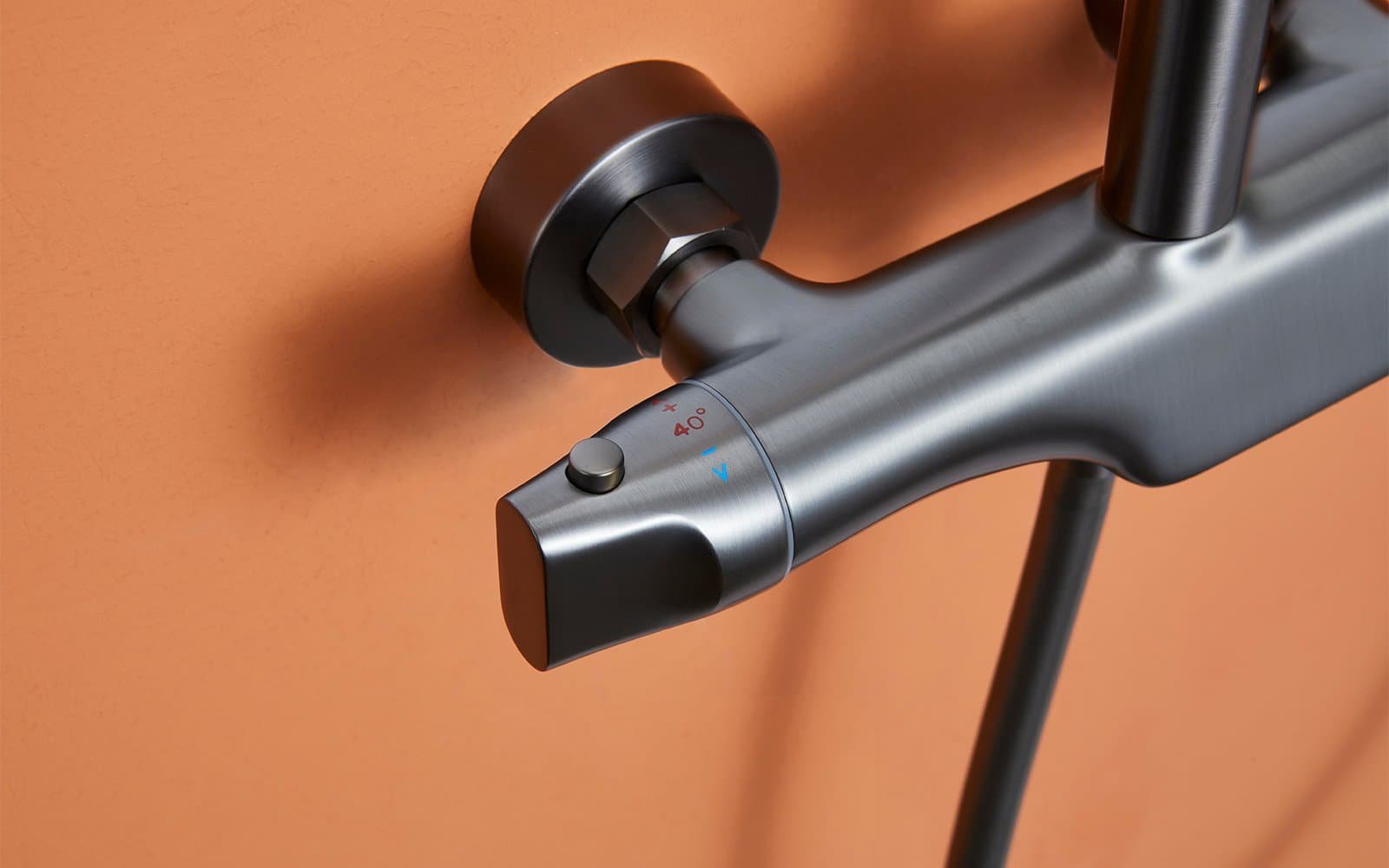
Safety Considerations During Installation
- Avoid Scalding: Always check the water temperature before using it to avoid burns.
- Use Proper Equipment: Wear gloves and goggles to protect yourself from sharp tools and debris.
- Check Pressure: Ensure that your home’s water pressure is within the recommended range for the thermostatic mixer.
Maintenance tips for thermostatic shower
To maintain a thermostatic shower system effectively, follow these essential tips:
- Regular Cleaning
- Showerhead Maintenance: Remove the showerhead and soak it in a mild detergent solution to eliminate mineral deposits. Rinse thoroughly before reattaching.
- Surface Cleaning: Wipe down the shower with a mild cleaner to prevent soap scum and dirt buildup.
- Inspect the Valve
- Check for Buildup: Look for limescale on the thermostatic valve regularly, especially if you have hard water.
- Leak Checks
- Monitor Connections: Regularly check all connections for leaks. Address any leaks immediately to prevent water damage.
- Water Pressure Maintenance
- Check that your water pressure is high enough for the thermostatic system to work well. Low pressure can reduce performance.
- Professional Servicing
- Have a plumber check things once a year to keep everything working well and catch any problems early.
Who Should Consider a Thermostatic Shower System?
A thermostatic shower system is ideal for several groups of people:
- Families with Young Children
Safety: Prevents scalding by maintaining a consistent water temperature.
- Elderly Individuals
Ease of Use: Simple controls reduce the risk of accidents and make showering safer.
- Individuals with Disabilities
Accessibility: User-friendly design allows for a comfortable and safe shower experience.
- Homeowners Seeking Comfort
Luxury: Provides a spa-like experience with consistent warmth.
- Environmentally Conscious Users
Water Efficiency: Reduces water waste during temperature adjustments.
- Households with Multiple Users
Convenience: Allows each user to enjoy their preferred temperature without constant adjustments.
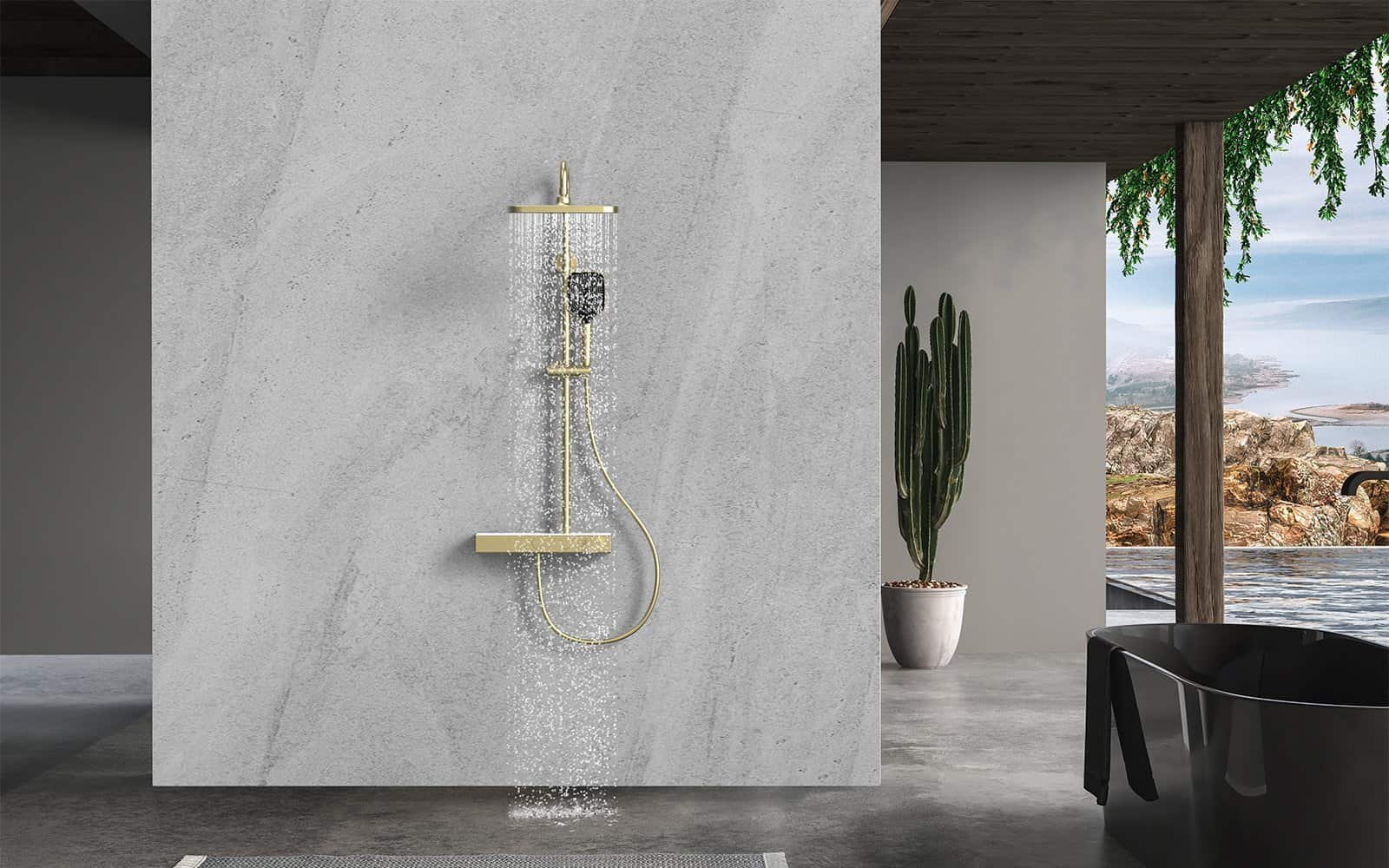
Comparison with Non-Thermostatic Showers
| Feature |
Thermostatic Shower |
Non-Thermostatic Shower |
|---|---|---|
|
Temperature Control |
Automatic, maintains constant temp |
Manual adjustment required |
|
Safety |
Prevents burns, safer for families |
Higher risk of temperature fluctuations |
|
Water Efficiency |
More efficient, less waste |
Potentially more waste due to adjustments |
|
Cost |
Generally more expensive |
Typically cheaper |
Top 5 Thermostatic Shower Brands
|
Brand |
Features |
|---|---|
| Known for its CoolTouch technology and TurboStat feature, ensuring consistent temperature control. | |
| Offers stylish designs with user-friendly thermostatic trims that maintain ideal temperatures. | |
| Features Monitor pressure balance valves to prevent sudden temperature changes during use. | |
| Combines luxury with functionality, providing elegant designs and reliable temperature control. | |
| Known for high-quality materials and innovative designs that ensure safety and durability. |
Conclusion
A thermostatic shower mixer offers consistent water temperature, ensuring a safer and more comfortable shower experience. It’s a great choice for improving your bathroom’s functionality and comfort, making daily showers more enjoyable and energy-efficient. With easy installation and long-term benefits, it’s a smart addition to any home.




